Identifying Common Lawn Pest
In order to properly treat a pest infestation in your lawn, you need to know which pest is causing you problems. There are certain lawn pests more prominent in our neck of the woods, so these are the pests we will be highlighting. Proper identification is so vital to getting rid of an infestation, or becoming aware of a potential problem before it becomes more. For all of these pests the best medicine is a healthy lawn, ready to fend off predators.

Fire Ants
One of the more easily identified pests, fire ants are characterized by their reddish-brown body color and stinger that can cause hives in humans. They will be larger in size compared to other ant species, and their large mounds are often easily spotted in your yard. The key indicator here is that a fire ant mound does not have a hole in the center, where other ant species would travel in and out. To learn more about Fire Ants and how to prevent them click here.
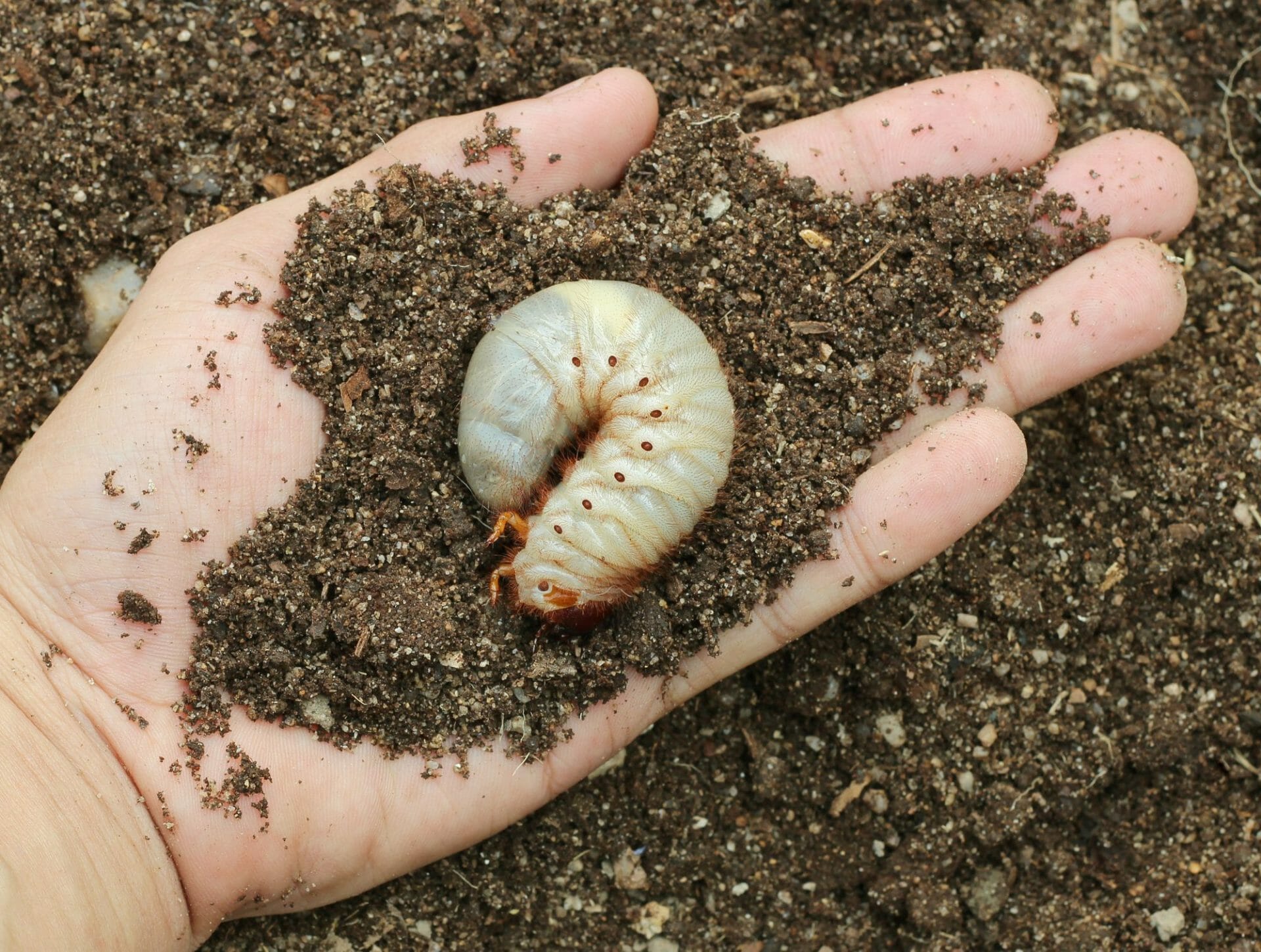
Grubs
White grubs are C-shaped larvae, with white bodies and brown heads. They feed on the root hairs of your turf grass, injuring your turf and robbing them of their nutrients. Confirmation of the raster pattern on the bottom of their bodies can be performed with a magnifying glass, for a certainty that you are dealing with grubs. Symptoms of grubs can be easily mistaken for drought, as they will cause unexpected and irregular brown patches in your turf. To learn more about Grubs and the damaging effects on your lawn and how to deal with them click here.
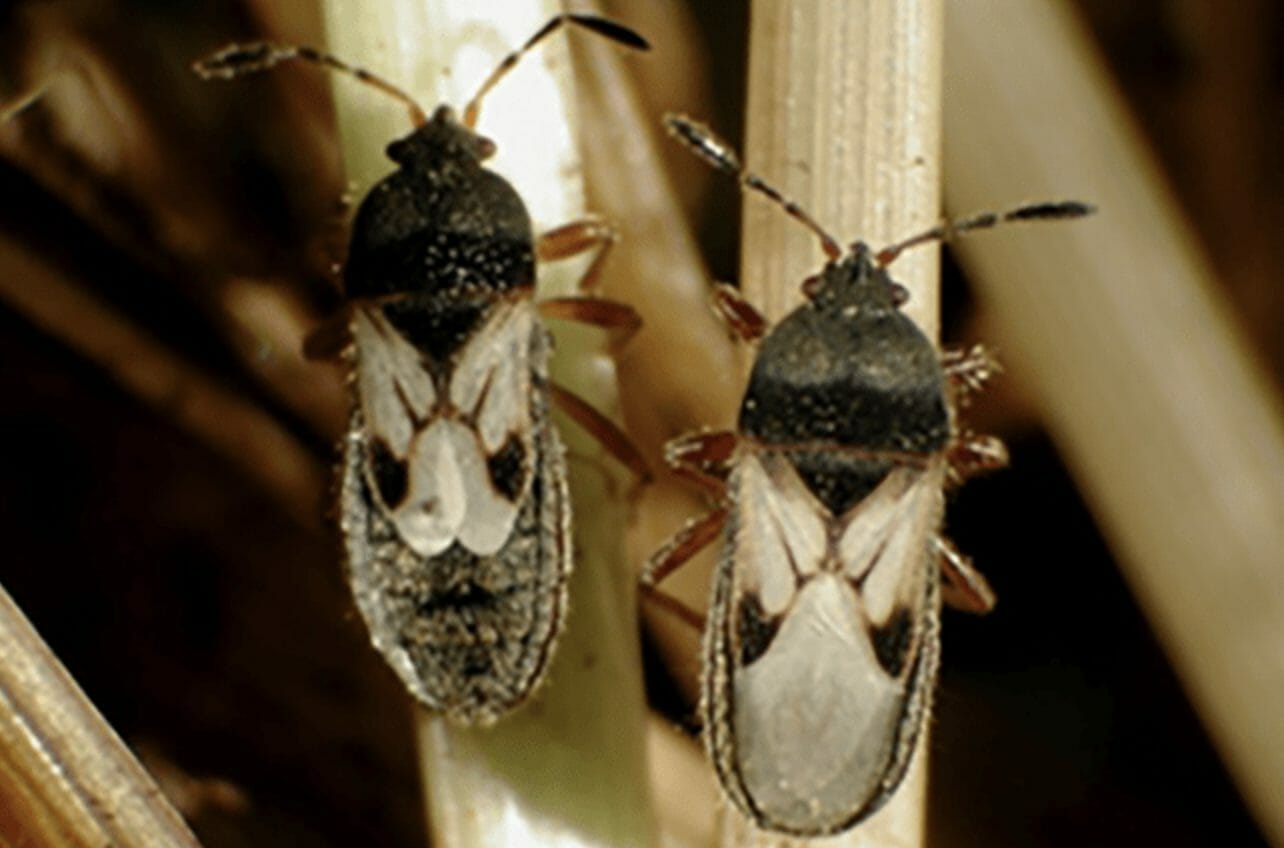
Chinch Bugs
Irregular brown patches are a common symptom of both chinch bugs, and grubs, so identification can be tough. These are extremely small winged insects, who chew on your turf. However, the scary aspect of chinch bugs is that while they eat your turf, they also poison it, so the turf is permanently killed. Water uptake by the turf is inhibited, which chokes the life out of your lawn. Dry yards full of thatch are prime locations for chinch bugs, so prevention of such an environment is key. To learn more about Chinch Bugs and the hazard they are to your lawn click here.

Armyworms
Likely one of the most deadly lawn pests on this list, armyworms can severely damage your lawn in one fell swoop. Even though they do not kill your lawn permanently, as long as they are present they will continue to feed on your lawn’s leaf blades making it look horrible and unhealthy. Armyworms are actually just moth larvae, that travel in a pack, or an “army.” These worms will slowly eat away the shell of your turf blades, making them appear to be clear in the process. Damage will initially resemble the stress of drought, but your foliage can be lost in its entirety if left untreated. You can be tipped off to an armyworm infestation by the distinct y shape on their heads, and the small, white, spherical eggs they leave across your landscape. To learn more about Armyworms and how to deal with them click here.
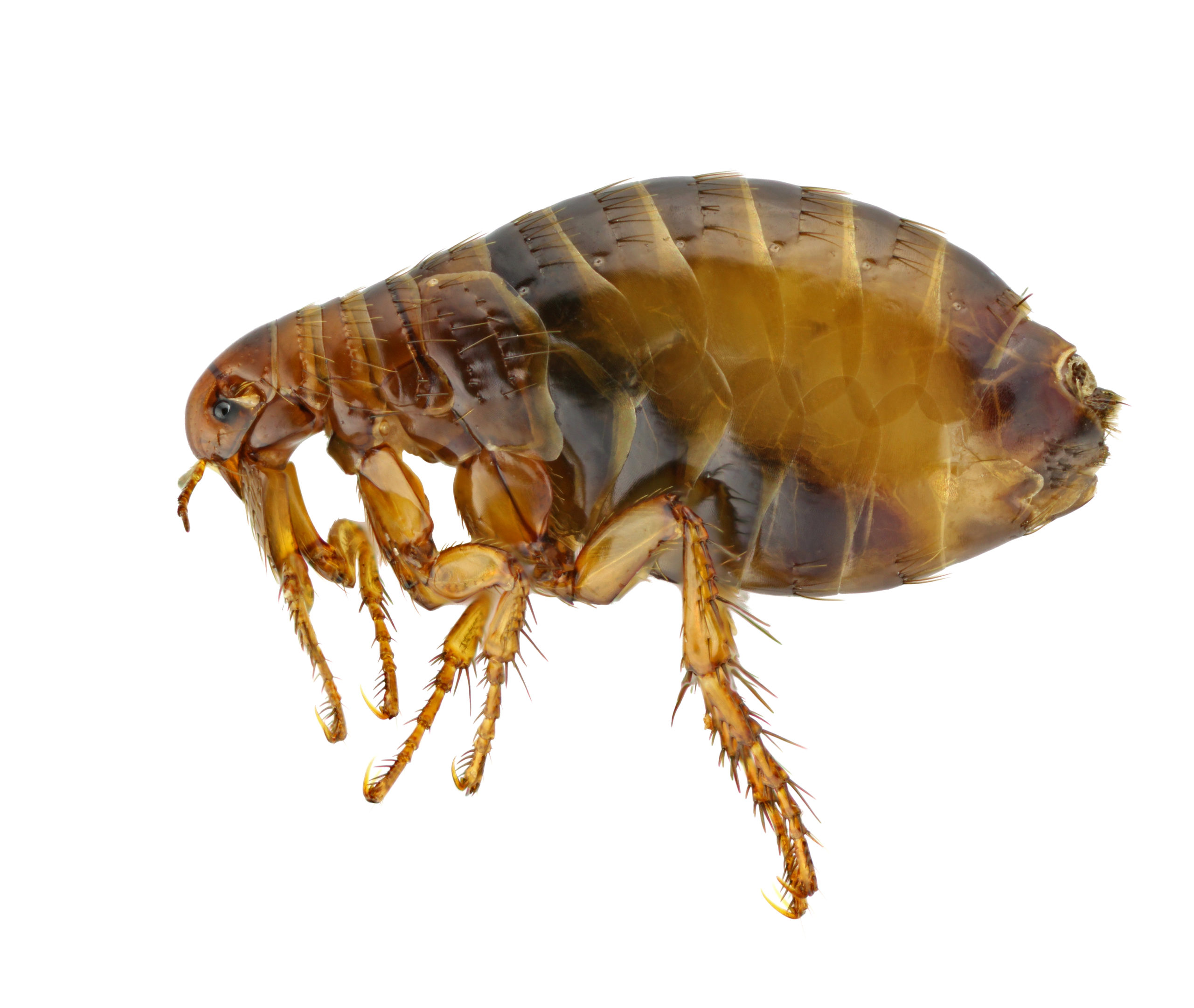
Fleas
Known as wingless parasites, fleas can feed off of both animals and humans. With their ability to jump long distances onto a potential host, their bites can leave itchy bumps where they also lay eggs. This is how fleas spread from person to person. Fleas love moisture and debris in your landscape, also taking advantage of shady areas. Flea control treatments can be applied, but a well-kept lawn is the best way to prevent a potential flea infestation. To learn more about Fleas and how to deal with them click here.
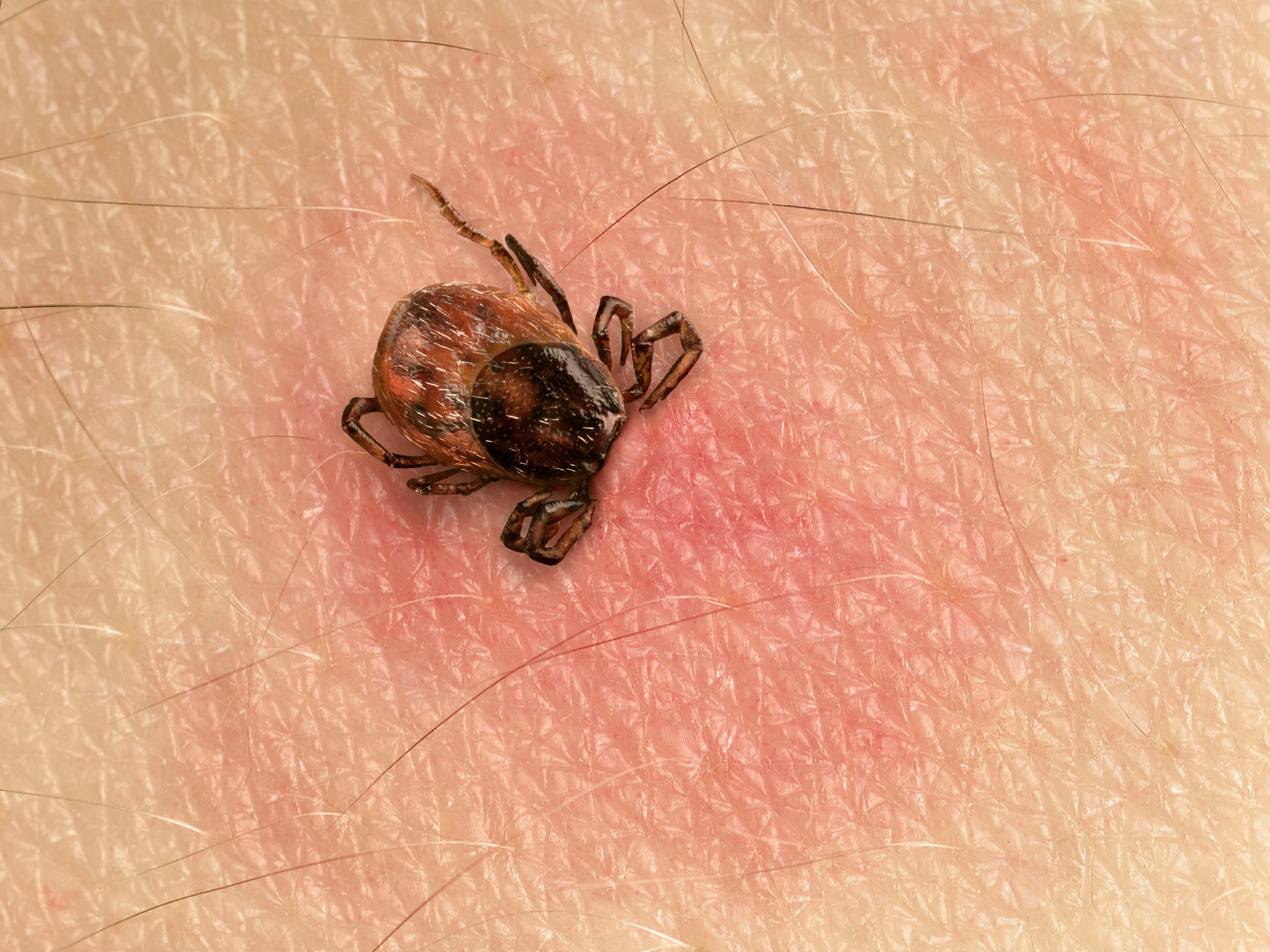
Ticks
Typically thought of as an insect present in thick vegetation, ticks can also sneak into your lawn. They are known for being carriers of some pretty nasty diseases, like Lyme disease. Identified by their 8 legs, and distinct mouth, they like to bite and burrow underneath your skin. Removal requires medical care and they can bite your animals as well. Tick treatments can keep them out of your landscape, away from you and your family. To learn more about Ticks and how to deal with them click here.
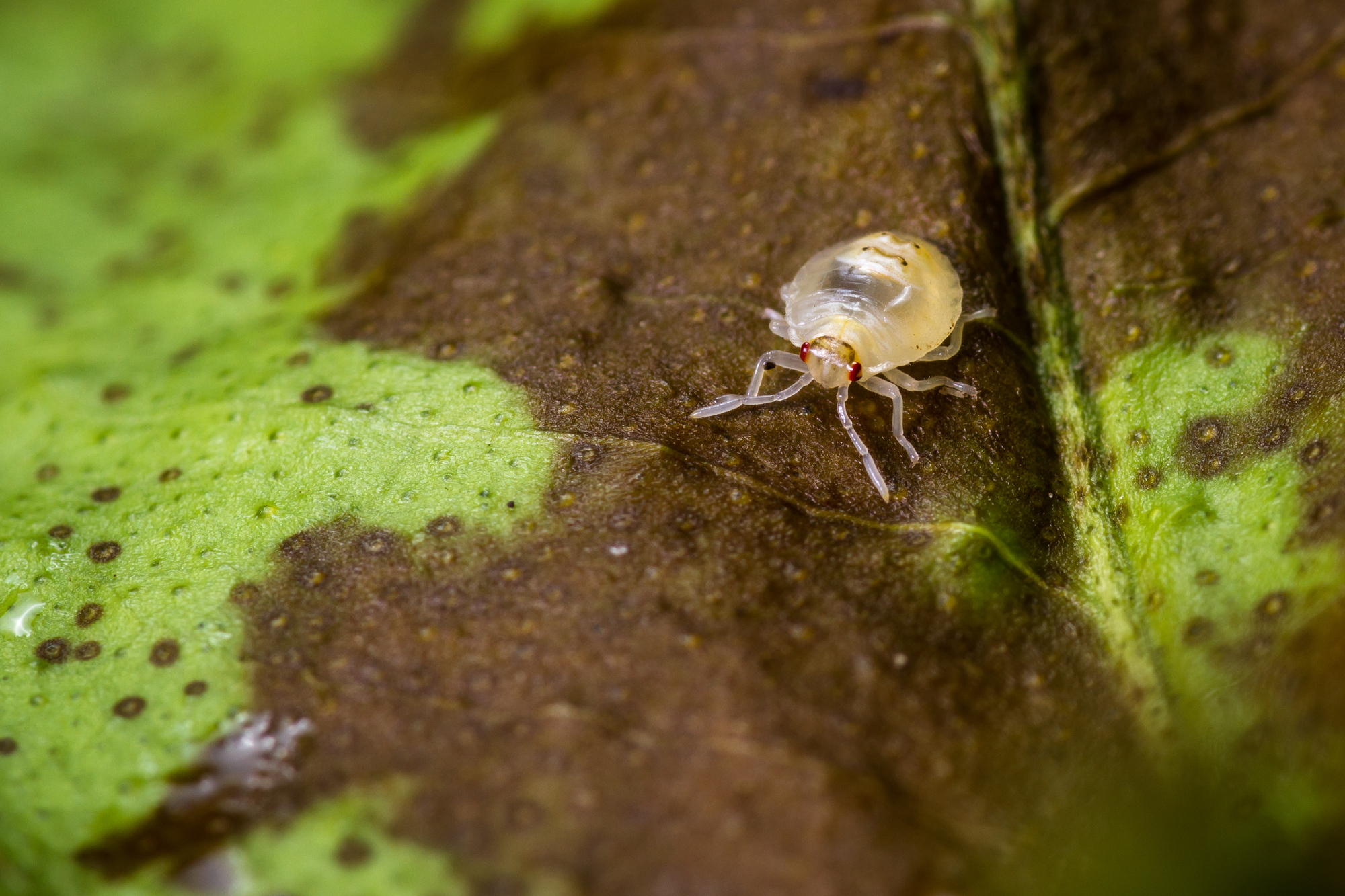
Mites
Although mites are part of the arachnid family, they are known to be extremely small. They are known for parasitically infesting both animals and humans, but they can also be an issue in your lawn. Thriving in the dry warmth of the Texas climate, the most common lawn mite symptom is tufted growth. Turf may also grow at a slower rate, begin to yellow, or grow unevenly. The most obvious indicator is webbing in your turf, which is a sure sign of a mite problem.
Ready to get started?
